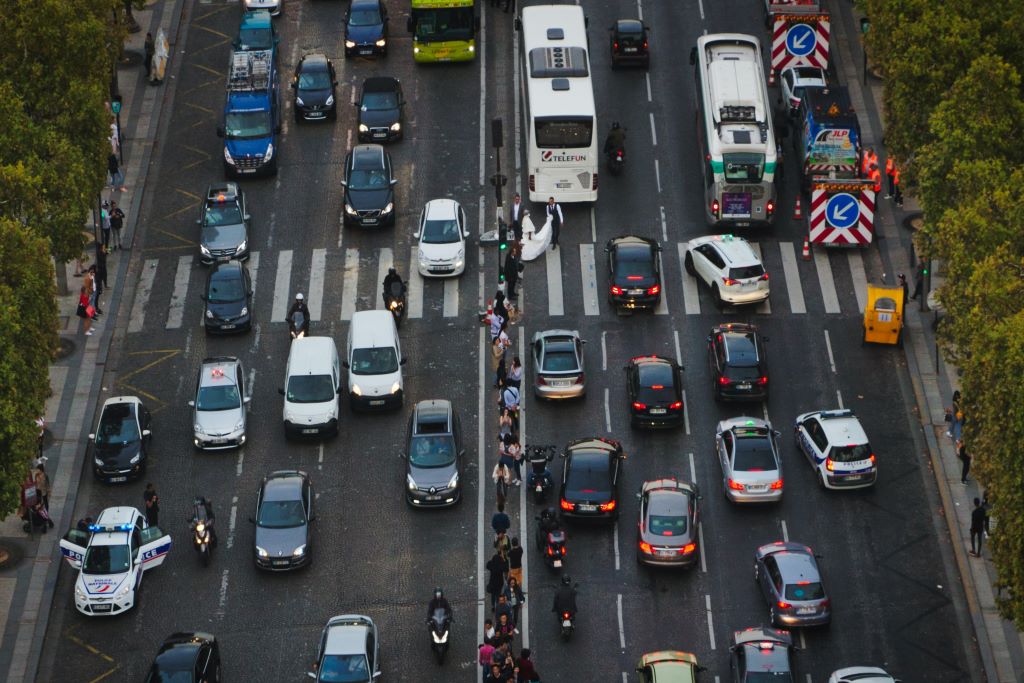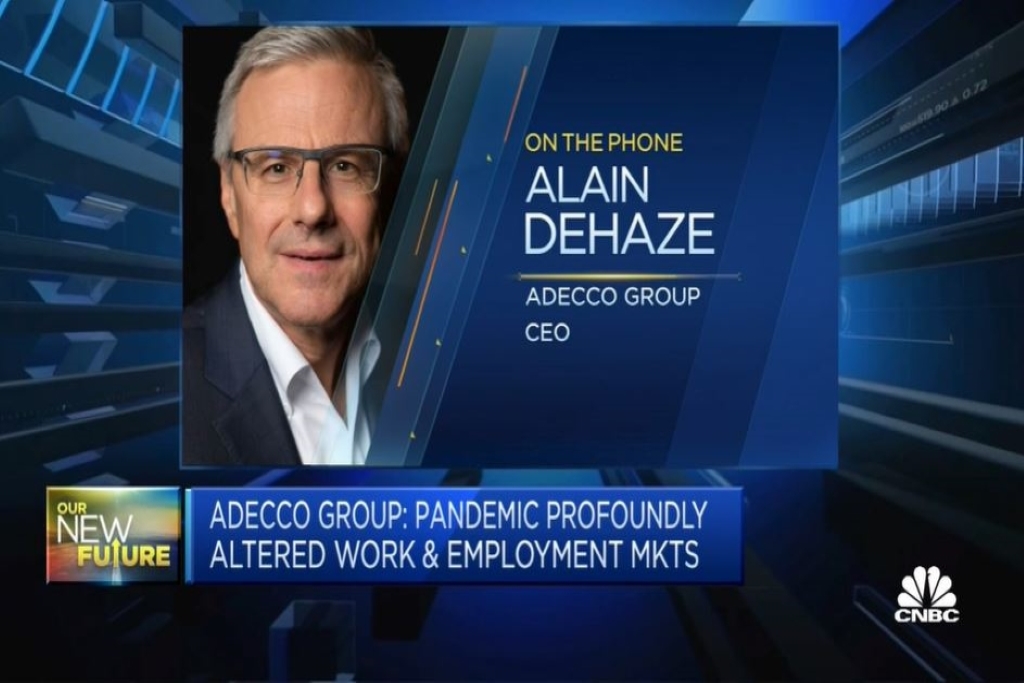This article was originally published on Morning FUTURE here.
The airline industry has been grounded. Almost literally. People are not flying anymore, and the risk is that when the Covid emergency is under control, there will be no airlines left. At least not as we remember them. “Compared to ground transport, where there is more national ownership, the situation is very serious. It is likely that prices will rise steeply again because if many companies go under, the ones left will have greater power in the market. In this economic downturn where there is little chance of turning things around in the short term, it is difficult to imagine the entry of carriers with the dimensions to challenge the position of the survivors,” is the unambiguous explanation of Paolo Beria, Professor of Transport Economics at the Polytechnic of Milan.
The industry undoubtedly suffered most due to the loss of traffic which hit troughs of -90% in the hardest months of the pandemic and, despite some pick up in the summer, it forecasts closing 2020 with a -65% drop in the number of passengers compared to last year. This weighs heavily on revenues which fell by 80% during the first six months of this year, depleting the airlines’ financial resources. They relied on government support to stay afloat and have to date received 160 billion dollars in aid compared to a shortfall of 13 billion per month. Will it be enough?
“The economic impact has been very hard. We don’t know how we’ll get through this. The sector has always been vulnerable to economic crises,” Beria replies. Long haul flights will be particularly badly impacted: “I am convinced that will we fly again for holidays, pleasure and personal reasons if we can afford it, but we will be less likely to fly for business purposes. This is not as a direct result of the economic crisis, but because we have all discovered we can hold meetings virtually. In other words, this is a dual challenge: the survival of airlines on the market and how the market itself will change going forward,” Beria concludes.
"I am convinced that we will fly again for holidays, pleasure and personal reasons if we can afford it, but we will be less likely to fly for business purposes. This is not as a direct result of the economic crisis, but because we have all discovered we can hold meetings virtually."
Paolo Beria, Professor of Transport Economics at the Polytechnic of Milan.
In actual fact, as the Guardian reported in a lengthy article, the challenges facing the industry were already apparent some years ago and are as always centred on efficiency and sustainability. From the hub-and-spoke business models (where the journey is split into multiple legs) to the types of planes used; from cruising altitude to the cost of aviation fuel; from the ticketing system (disrupted by online airfare aggregators) to pricing dynamics (disrupted by the arrival of low-cost airlines, now obliged by Antitrust to give refunds instead of vouchers when flights are cancelled due to COVID) - the day of reckoning has finally come.
The sector, including also its supplier networks, now stands to potentially shed almost 46 million jobs and burn its way through 1.8 trillion dollars. In all cases, the return to pre-pandemic passenger numbers will not happen before 2022-23. By this date, Italy’s Alitalia could once again be its national airline. The preparation phases for a new version of the company are well advanced: the newco is in place (TAI – Trasporti Aerei Italiani), as is its management (Francesco Caio and Fabio Lazzerini) but the business plan is yet to come, though it is likely to foresee a fleet of 90 aircraft and 6,500 employees.
So, what opportunities will the market of the future offer? “None, unfortunately. If the low-cost companies risk going under, and the well-organized airlines like Lufthansa and KLM and so on are struggling, is there any room left for Alitalia? Despite the billions invested by the state, the airline will have a tiny market share without a policy to build solid alliances - its domestic market has been crippled by the crisis and is already dominated by low-cost airlines. Additionally, given that much of the revenue for the supplier network depends on the number of passengers rather than on the name of the airline, demand will shift to existing, sustainable carriers,” Beria points out.
Yet, despite the difficulties, some solutions are taking shape. Especially as far as environmental sustainability is concerned. It was already in focus before COVID but the pandemic, the cancellation of flights and the economic crisis have given greater urgency to a number of projects. For instance, Airbus has released the first pictures of its ZEROe, a new type of hydrogen propulsion aircraft that is small, efficient and has zeroAirports are also getting on board: Rome airport has joined the UN Global Compact and the Smart Airport project is about to kick off in Copenhagen. Thanks to EU funding of around 17.6 million euro, the Danish airport will be the testbed for a series of solutions aimed at eliminating CO2 emissions by using electric vehicles on the tarmac, solar panels and rainwater harvesting.



